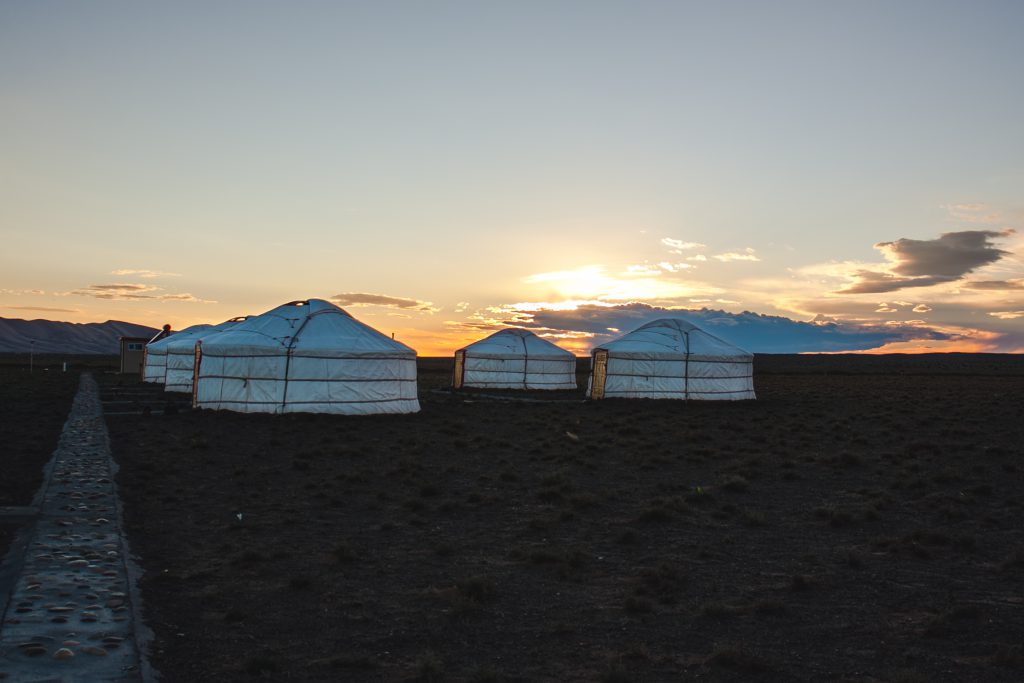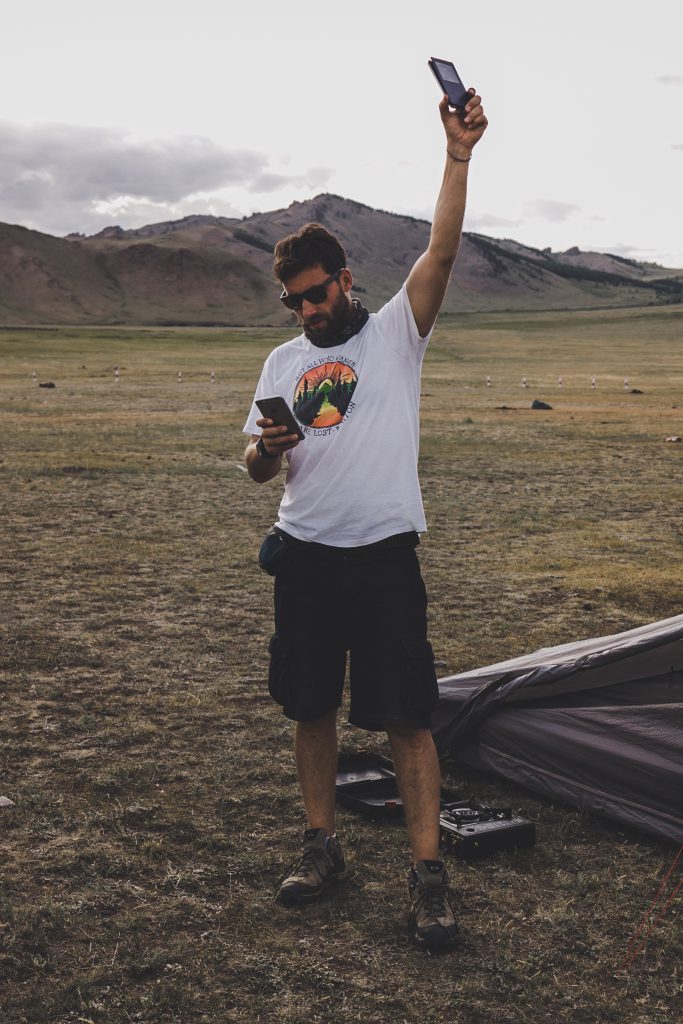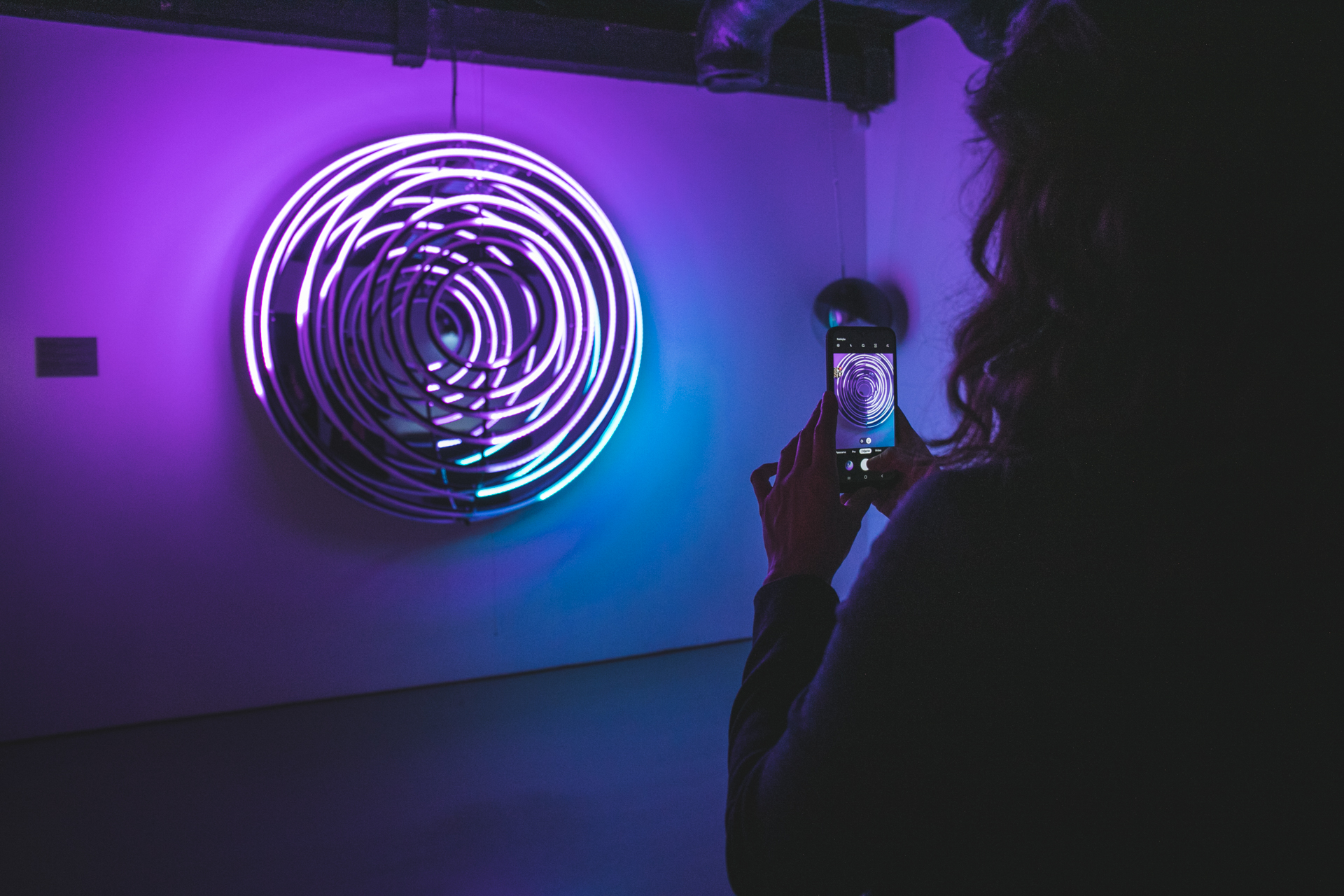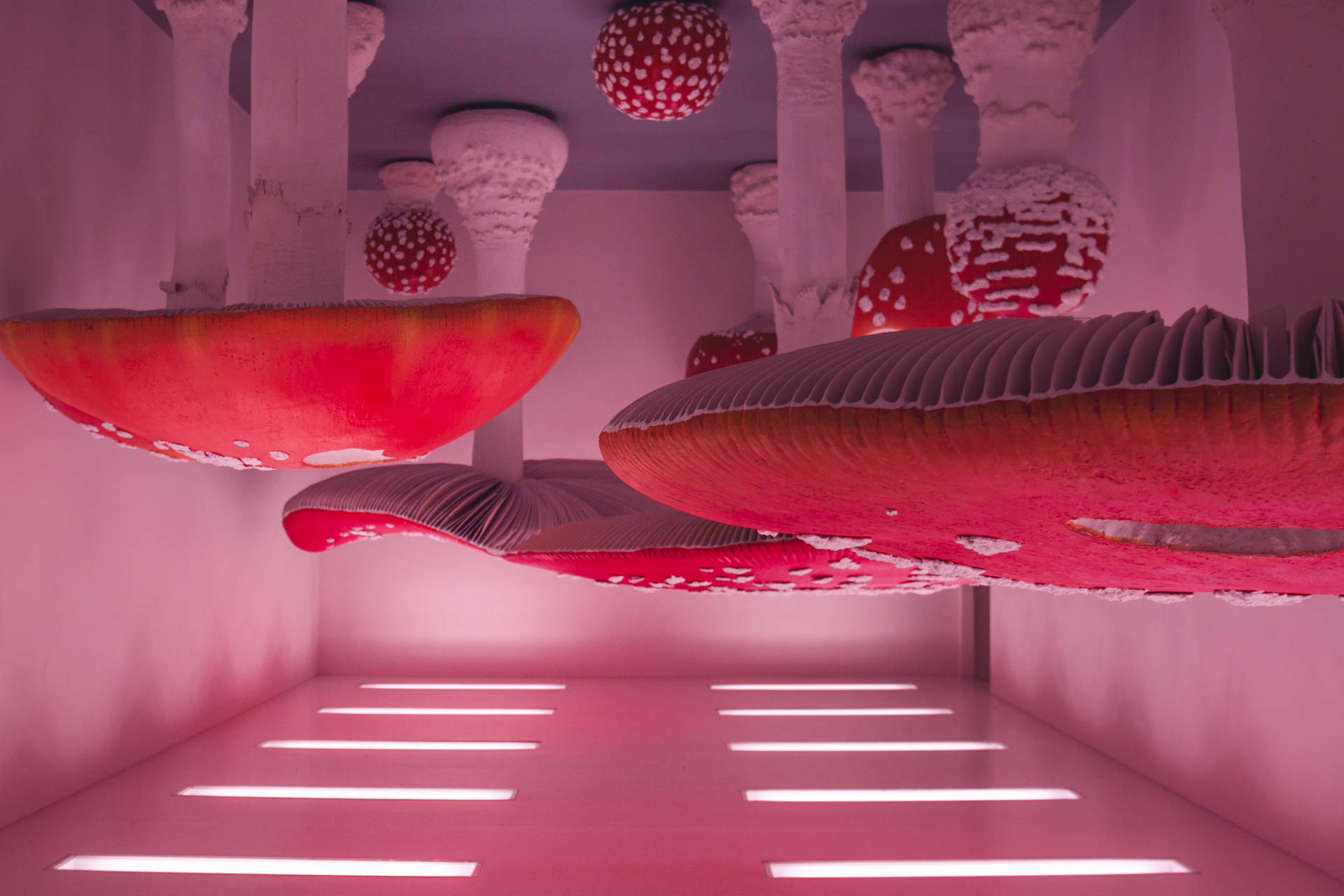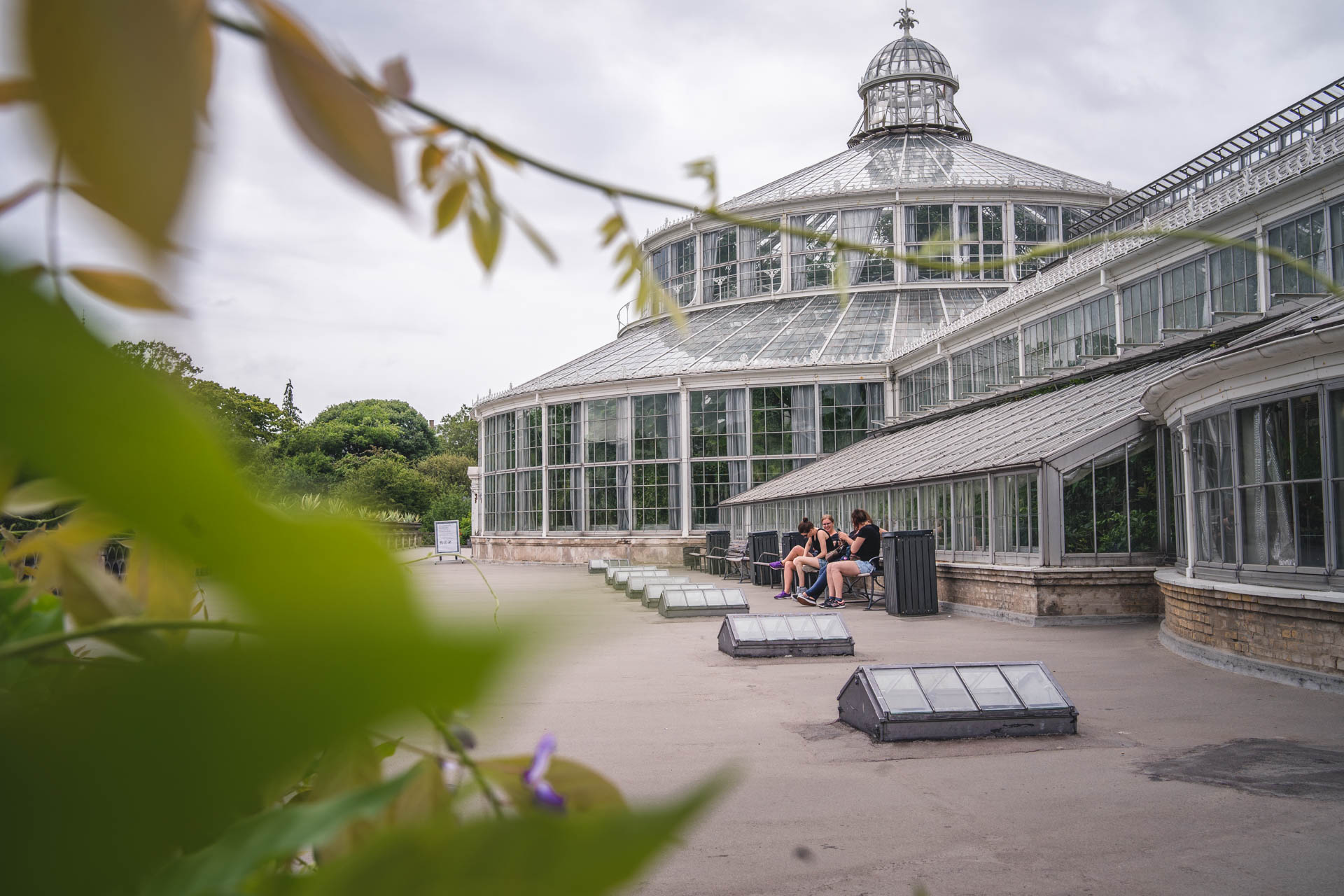Did you ever wonder how many sheeps are there in Mongolia in comparison to the number of people? Is there internet access on Gobi desert? Why it’s rude to step on a doorstep when entering a yurt? If you’re thinking of going to Mongolia keep on reading to find out how we planned our two and a half week long trip.
Why Mongolia? Well I had an interesting episode in my life when it came to choosing what I want to study at the University. I chose Mongolian and Tietan studies. Don’t ask my why. I don’t know. But I’m really glad I did that. I never finished my studies, in the meantime I discovered there’s such thing as anthropology and changed my major. But the passion for beautifully snarling language, Buddhism and the fascinating customs of Mongolian nomads have remained in my heart forever. So when I saw cheap flights that Air China had on offer I didn’t think twice.
Where are we going?
We went in a group of three – myself, Doris and our friend Seba. We tasted the group dynamics 2 years prior, when we drive around Mexico together for 3 weeks. We were good to go. But go where? That was the first issue we had to take into consideration when planning our trip. mongolia is an enormous country. let me say that again: enormous. It’s hard to imagine how big it is until you’re actually there. Therefore it’s impossible to do what we did in Mexico and just drive around the entire country. Plus there are hardly any roads. To see everything we wanted we would need a few months. We decided that on our first trip to Mongolia (definitely not the last one!) we’ll cover the central and southern part of the country. We also wanted to spend a few days in Ulaanbaatar where a few of my University friends live.

We did want to see the north as well. A green and cold part of the country around the lake of Khovsgol, where the reindeer breeders live. Unfortunately we did not have time to do that this time. Plus, my friend went there last year, and opted for a budget travel plan just like us. The temperatures at night can drop to 7 degrees Celcius before zero. In june. Ok, so maybe not this time:)
How to travel around the country?
There are several different ways you can travel around Mongolia. It all depends on your budget as well as how much time you’ve got. We had little over two weeks, which is not a lot of time, so we opted for a car with a driver. It is possible to rent a car yourself, but it is not advised as there are hardly any roads, tires break often (as we got to experience on a first day of our trip), being able to communicate with locals is crucial as well, as the maps are basically useless. You can try and use GPS but it won’t help you with rapidly changing terrain. It won’t inform you were the pastures are either. And it’s culturaly not allowed to drive on grass (and destroy it) that animals could eat.
As far as the roads go, there’s one asphalt road going from Ulaanbaatar up north and the other one from the capital to the Dalandzadgad city located in the south. We used the other one. If you prefer to travel around east-west axis there’s a possibility of doing that by train. The rest of the country is basically steppe that you drive through. And let me tell you – your ass will hurt after those two weeks in a car.
We did not have enough time to try hitchhiking across Mongolia but we did a couple of backpackers who chose this method. One thing to be aware of when thinking about hitching a ride in Mongolia is that it’s not free. The Mongols do take hitchhikers without any problem, but they treat it as an easy way to earn some coin. It’s the same with taxis in Ulaanbaatar. If you stick a thumb basically any car can be your potential taxi. In the city it will take up to a minute to catch a ride. In the middle of Mongolian steppe this minute can easily turn into hours or even days (in more remote locartions), so just be aware of that.
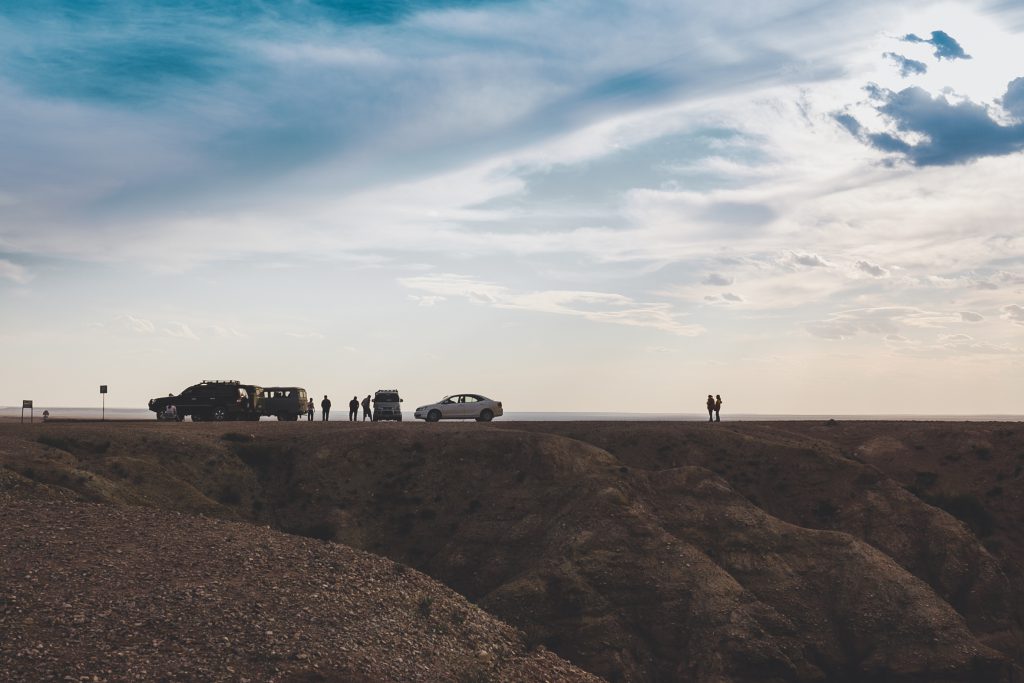
If you decide to do what we did and rent a car with a driver it’s worth taking care of that few weeks before your trip (or even earlier). We did have local help when looking for a transport company (from my friends who live in Ulaanbaatar), yet it took a few weeks anyway. The Mongols are not really fast when it comes to respomnding to emails so you have to be patient. The best thing about this travel option is that you can work with a company on a route that suits your needs – you choose what you want to see and what type of accomodation you prefer, the company will give you advice and tips, but you’re the one making all the final decisions.
The price depends on the length of your trip, the distances and facilities you choose to pay for. We research several different travel agencies but chose the one offered by Zaya Hostel in Ulaanbaatar. We also slept in the hostel when we were in the city and can definitely recommend it. As far as our roadtrip goes, we chose the cheapest option which means we paid for a car, a driver and gas. We traveled alone (us three and a driver) in a big car for twelve days and paid 300 dollars per person. We also borrowed kitchen equipment from the hostel for free so we were able to cook our own food in the middle of nowhere. If you need more luxury in your life you can pay more for the ‘full option’ that includes alimentation a translator who’s also a guide and accomodation.
Where are we going to sleep?
Finding accomodation in the middle of Mongolian steppe is easier than you would imagine. There are ger camps next to any major tourist attraction. The price varies depending on the standard, but majority of them is quite cheap (10-20 thousand tugriks per person for a night and around 5 thousand for a shower). We did sleep in ger camps a few times and can’t say a bad word about them. However we spent the rest of our night in the steppe in our own tents that we brought from Poland. Pitching a tent is not possible everywhere (for example in the desert where it’s too sandy for a normal tent to stay up), but we didn’t have any problems in majority of the spots we visited. There are no regulations forbidding you from pitching a tent anywhere you want, except you’re not supposed to do it on the shepherd’s land. It’s for you own good. Otherwise you might get attacted by their guard dogs in the middle of the night.
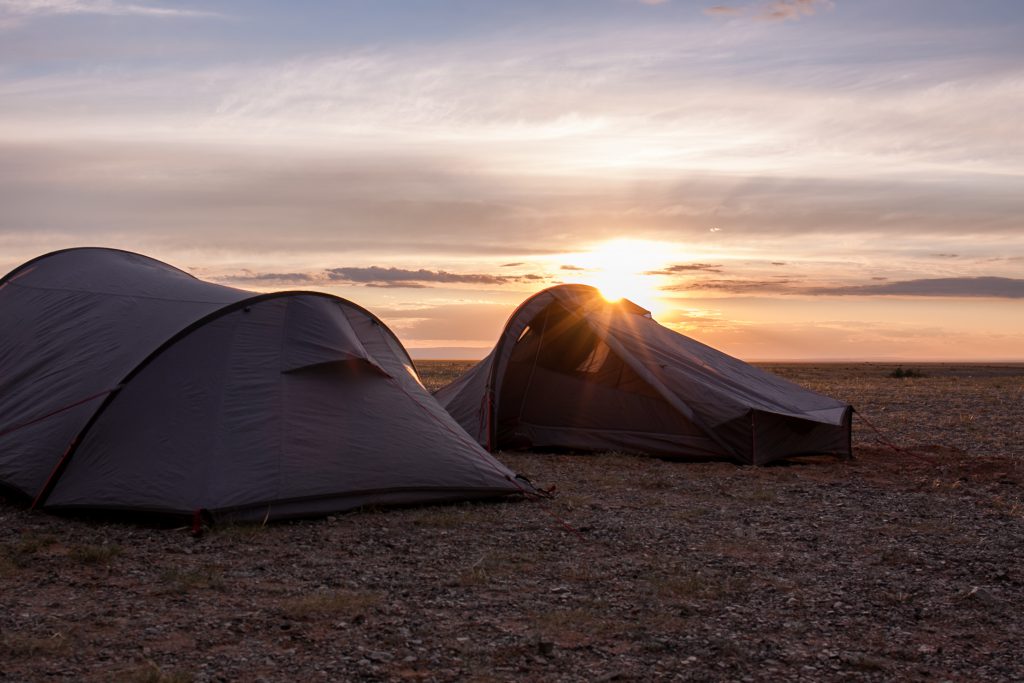
When we stayed in our tents the driver made himself comfortable in the car. He would just unfold the back seats and create a comfortable bed out of them. Through the entire trip he was responsible for himself when it comes to sleepiung arrangements as well as food. He did accept a bit of food or a beer from us from time to time, but it was more as a gift, otherwise he would cook for himself. He was a really nice guy as well. Didn’t speak much of english(except “lunch” and “ok”) but we managed to communicate without any problems.
The food
We’re not particularly fussy about food and we’ll eat most of things that are given to us so we were not one of those tourists who complain about mongolian cuisine. And the complaints are the most popular opinion among foreigners. During our roadtrip we stopped almost every day around 1 o’clock in the afternoon in one of the roadside diners. They may look quite dingy but the food they serve is actually ok. Most of the time we opted for steamed buuz dumplings (basically the same thing as chinese dim sum or tibetan momu) or the fried version called huushuur. They’re staffed with mutton meat and they’re actually delicious (I’d eat some now!). We ordered small portions as we did cook ourselves a bigger dinner every evening. Our driver, on the other hand, would devour so much food that we would just sit in awe and stare at him 🙂
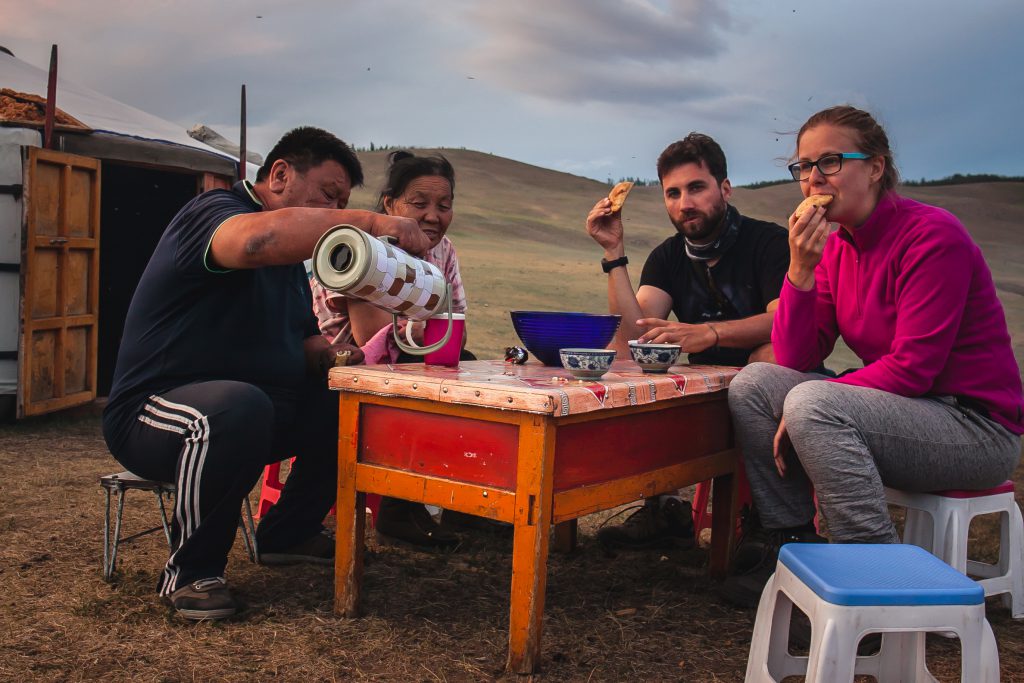
When it comes to Mongolian diet, meat is definitely most important. The climat in Mongolia is harsh so they’re unable to grow many vegetables. The only ones you’ll get outside of major cities are carrot, onion, potatoes and cabbage. You’ll get them in majority of dishes such as цуйван (noodles with meat and veg) or soups (шөл). If you’re vegetarian you’re basically screwed. But you can always cook for yourself. We ate meat in the diners but then in the evenings we cooked ourselves some veg based dishes (didn’t have a fridge, so driving around with meat in high temperatures would be risky).
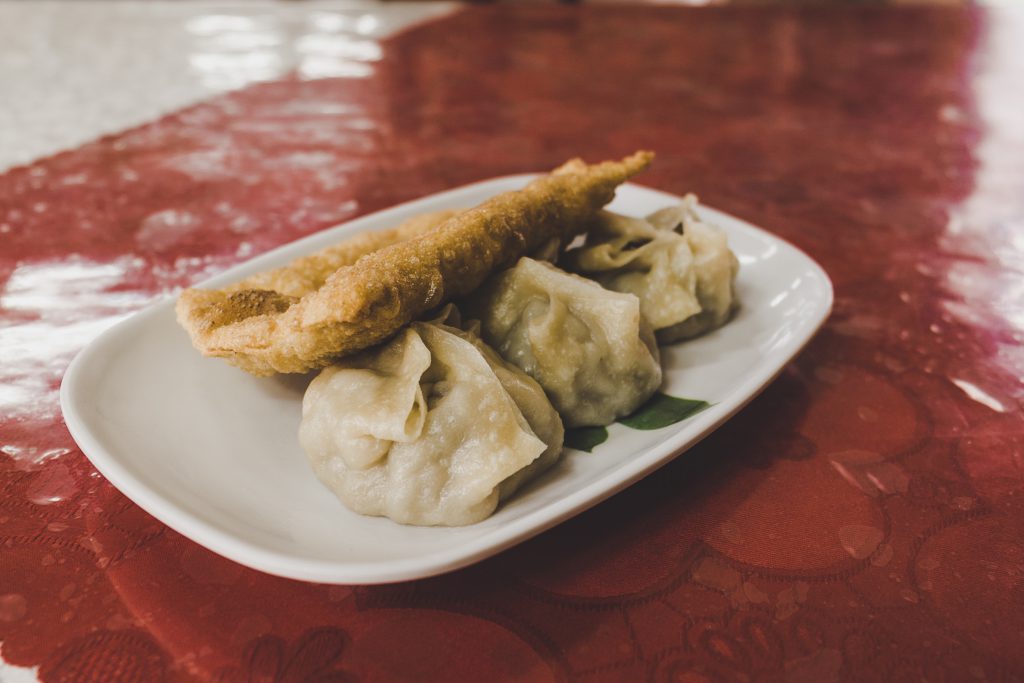
Coking was not a problem with the equipment we got from the hostel. There were plates, a pan, a pot and cutlery. We also borrowed a small tourist cooker and bought and stocked up on gas. We bought the majority of our food in Ulaanbaatar, at the start of our adventure and we recommend you to do the same. On the way there are little stores scattered in tiny towns but they’re not well-stocked. You’ll be able to buy water and beer and tons of sweets in there but you definitely won’t see tomatioas anywhere and you might have trouble finding bread as well. Be sure to buy canned food that doesn’t go off easily, as the temperature in the desert will not be your friend.

What to take with you?
If you choose to drive around in a car, like we did, you’ll not have to worry about carrying your belongings on your back. Saying that, I do recommend packing lightly. We were very fortunate with how spacious our car was, but on the way we did see tourists squeezed together in bigger groups with all of the luggage on them and the food in the back. Remeber that you’ll spend many, many hours in a car so you might as well make the travel as comfortable as you possibly can.
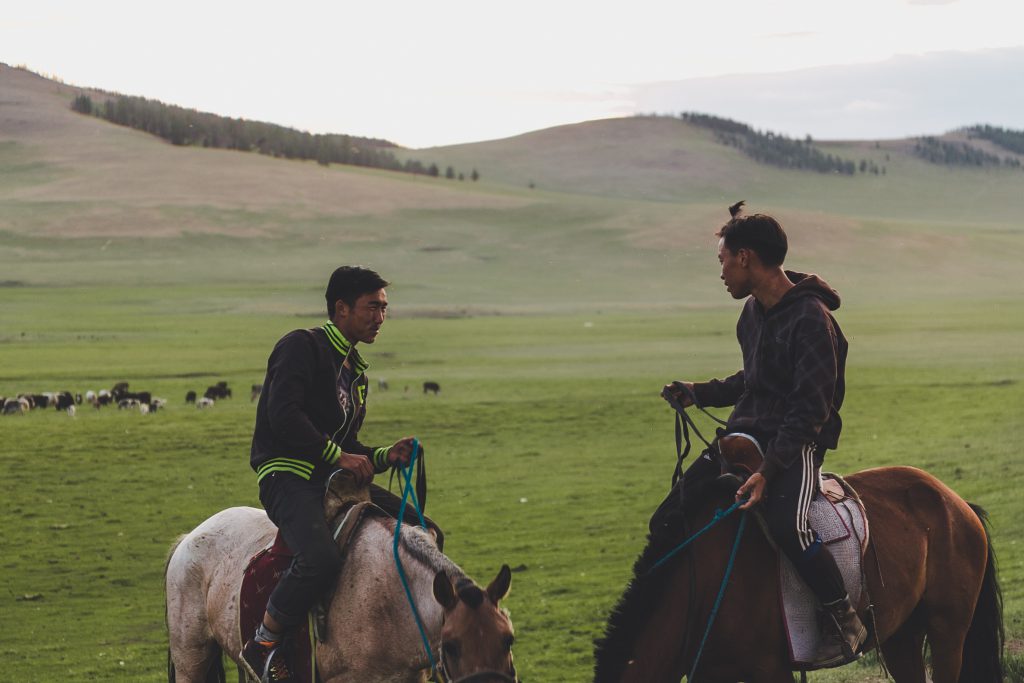
What you’ll need depends on where and when you’re going. We visited Mongolia at the turn of June and July. During the days it was mostly warm, in the desert it was hot, but we did visit an ice canyon as well. And the night can get cold. In the south, during the summer, the temperature at night shouldn’t fall below zero, but the wind can get pretty strong. Be sure to pack a windbraker (should be rainproof as well), a warm hoodie and a sleeping bag that will let you sleep comfortably at around 10 degrees Celcius. We experienced colder nights twice, but we managed with additional layers of clothing so a thicker sleeping bag is not necessary.
What else? Definitely a pair of good trekking shoes. You will walk quite a bit in different terrain. We walked in the mountains, on the rocks, in the desert sand and even on thick ice. Trekking shoes allowed us to do all using only one pair of shoes instead of 5 different ones. Take a phone as well. You’ll need it to put a SIM card inside if you want to have internet access. And what’s interesting there’s cellular range almost everywhere. Plus the internet in Mongolia is really cheap. We bought a SIM card and paid just 10 euro for 15 days of unlimited internet access. Cheaper than in Poland! Remember to take your passport to the shop, you’ll need it to register a Mongolian phone number.
What you won’t need in Mongolia is a solar charger. That’s of course if you choose to travel in a car like we did. We charged everything in a car without any problems. Don’t pack any insect reppelers either. They won’t do you any good. In Mongolia there are hardly any mosquitos. There are, however, really annoying tiny flies which are completely immune to any Western reppelers and remedies. the only way to get rid of them is to burn dry horse shit. Sorry, but it’s true. Our driver tought us how to do it and it was a game changer.
What you need to know about the culture?
It’s worth reading about the places you plan to visit before you go. I don’t know if any decent guide exists, we had an english version of Lonely Planet with us and it was no help at all. There’re two sentences about every location so you don’t really know what you’re looking at once you get there. Unfortunatelly the exhibits and the natural attractions are not described in any way. Not in english, Mongolian or any other language. So if you don’t know anything about Mongolia’s history, buddhism or customs you might want to consider paying extra for a guide who will travel around with you and explain everything.
Cultural savoir-vivre
There are plenty of customs, cultural do’s and don’ts in Mongolia. It’s impossible to list them all in here, but here are a few tips that you might find useful. Some of them will help you avoid offending anyone, others are just a way to keep you alive:
- Do not step on doorsteps when entering a building. Not when you’re going into a yurt, nor when enetering a monastery or any other type of building. The Mongols believe that spirits of unborn children live under the doorstep so it’s forbidden to step on them. Also, when you’re leaving a monastery be sure to do it backwards, so that you do not turn your back to Buddha statue at any moment.
- If you’re offered something to eat, eat it. It’s rude not to accept food. Sometimes you might get away with it using the ‘vegetarian card’ but that’s only if the host understands what you’re actually saying. Plus, if you try you might be surprised! We were invited for dinner by a nomad family who let us stay next to their property. The hostess gave us homemade huushuur and tea with milk and salt. It was the best we had during the entire trip! Just be careful when you’re given бяслаг (dry cheese) – you might loose a tooth trying to bite into it.
- If you accidentally kicked someone or stepped on their foot, shake their hand as a sign of ‘peace’.
- One more thing, and this one might save your life. Or at least bones. Never step on manholes! There’s a great danger of falling inside as they’re being stolen on a regular basis and than the new ones just lie there, without being properly attached.
Well, that’s it for now. Mongolia is amazing, you should definitely check it out. And be sure to check our next blog posts in which we’ll descrive the places we visited.
For more photos check out our portfolio.
Balmas
Freelancer, also known as an unemployed. Etnographer and photographer. She spends most of her free time in Photoshop or Lightroom. The sole purpose of her life is to travel around the world (on top of her must-see list are thecountries where she can stuff her face with tacos). She values people who understand irony. Enjoys minigolf as well. When she grows up she'll run her own hostel and a restaurant. She decided to start writing a blog only because she wants someone to send her a Boosted Board ;)
Podobne posty
8 February 2021
Cosmos Museum – instagramisation of the world in a nutshell
27 February 2020



